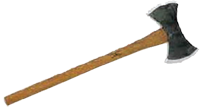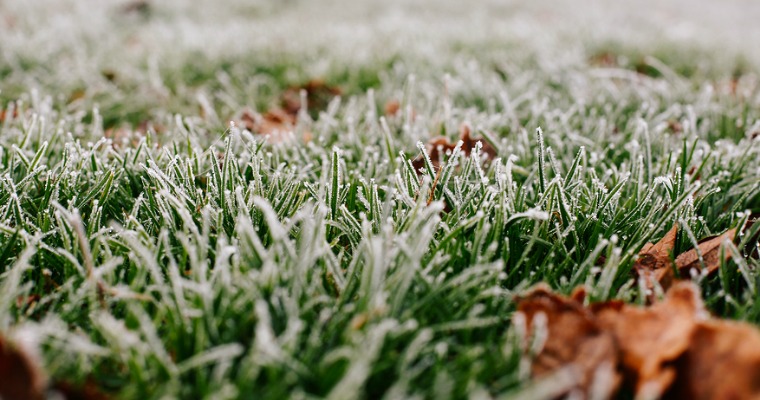It may be a little late to mention this because we are currently in a deep freeze, but December 21st marked the first official day of the winter season. With this seasonal transition comes the potential for sub-freezing temperatures that can damage or even kill otherwise healthy grass.
As a homeowner, you can protect your lawn from such damage by “winterizing” it. So, if you want to your lawn to survive winter, consider the following tips on how to winterize it.
Use a Winterizing Fertilizer
Not all fertilizer is made equal. Some fertilizers are actually designed specifically for the winter season. Known as winterizing fertilizer, it contains a higher than usual concentration of potassium. Potassium, of course, is essential to the health of grass and plants.
Among other things, it works to strengthen the cells, protecting the grass or plant from frost damage. Furthermore, potassium allows grass and plants to absorb more nutrients, which can also protect them from winter-related damage.
Water Deep
Just because it’s winter doesn’t necessarily mean that you can stop watering your lawn. While water requirements for grass are less during winter than in summer, your lawn still needs water to survive.
During winter you should water deep to encourage deeper roots. Some homeowners make the mistake of watering shallow, meaning the water doesn’t penetrate deep into the soil. When this occurs, roots remain close to the surface where they are easily damaged from the winter temperatures.
Beware of Winter Grass Diseases
There are numerous diseases that affect grasses in winter. Whether your lawn features Burmuda, Buffalograss or St. Augustine, you should monitor your lawn for signs of disease.
While different diseases affect grasses in different ways, some tell-tale signs of a diseased lawn include browning, white spots and the appearance of powder. If you believe your lawn is diseased, take a sample and have it analyzed.
Raise Mower Height
Don’t make the mistake of mowing your lawn too close to the ground. Some homeowners use the lowest blade setting possible, believing this will reduce the frequency of which their lawn needs mowing.
While true, mowing with a low blade also stresses the lawn. Combined with the stress of winter temperatures, this can severely damage your lawn. So, raise your mower blade until spring, at which point you can lower it back down.
Hopefully, this gives you a better idea of how to winterize your lawn. By following the tips outlined here, you’ll promote a healthier lawn while reducing the risk of winter-related damage.
The Woodsman Company offers tree planting, tree pruning and shrub trimming, tree removal and stump grinding as well as a tree wellness program.
If we can help with any of your tree care needs give us a call at 512-846-2535 or 512-940-0799 or

